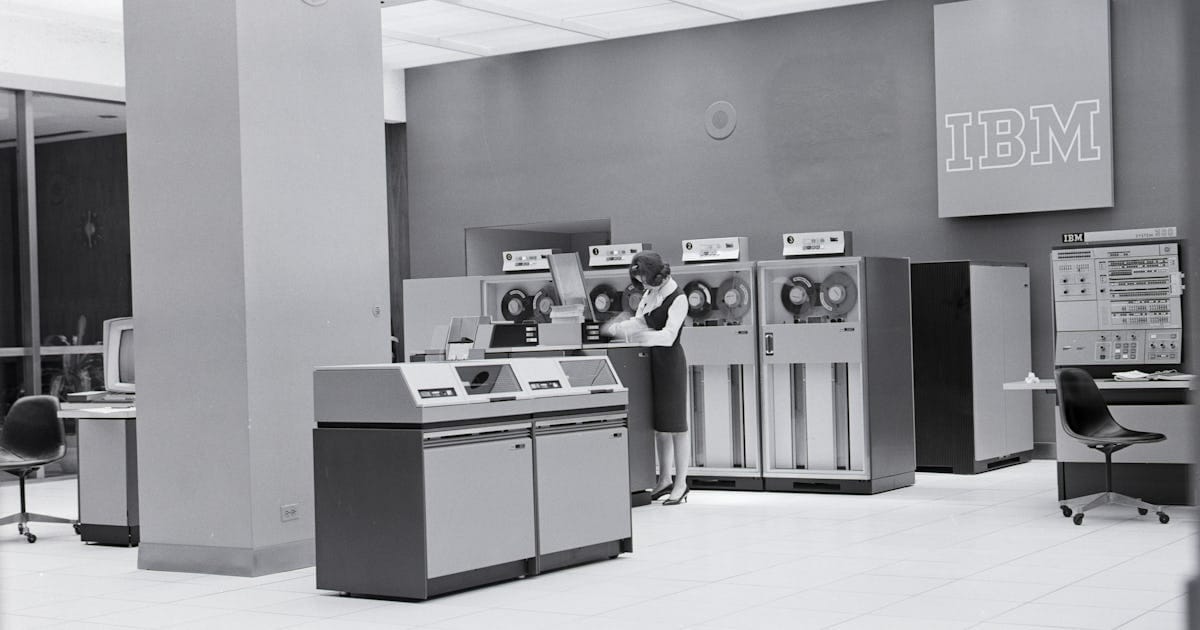You're Investing in a Tech Ecosystem

Quick question: Who exactly will be supporting your new system one year from now?
How about two or three years from now?
Five years?
Ten years?
How about sixty years from now?
You read that right - some of our earliest commercial computer systems have been in service for nearly six decades. If you've withdrawn cash from an ATM machine in the United States, odds are some COBOL code written decades ago played a part in delivering those crisp bills into your hand.
Technology often appears to change constantly. On some levels, this perception is true. On the other hand, you might be surprised to learn how durable some systems can be.
That’s why long-term support should be a key factor in every major technology planning and purchasing decision.
What exactly are we buying into?
When you invest in a new solution, you invest in all the pieces that make it up. You're counting on the durability of the underlying programming languages and runtime software, data storage technology, hosting platforms, file formats, and security architecture.
Above all, you're investing in people. Your own people, of course, but also your vendor's people and their extended network of support.
The people behind the platform matter just as much as the technology itself. There's a reason that former Microsoft CEO Steve Ballmer once jumped around on a conference stage yelling "DEVELOPERS! DEVELOPERS! DEVELOPERS!", and it wasn't just for the high-intensity interval training.
A platform without people to build upon it is effectively one that is no longer viable.
While the tools may evolve, the need for skilled developers remains constant. Even as generative AI promises to transform software development, the experience and contextual understanding that developers bring to the table remains indispensable. If anything, it becomes even more important as the role of developers evolves into one of oversight and editing rather than cranking out code.
It pays to consider the future of a technology ecosystem before you commit, especially when considering building a custom system with a development partner. A little homework up front could save you a lot of stress later.
Questions to Ask Before You Commit
Here are a few questions to help guide you as you interview and research your potential suppliers in regards to long-term platform viability.
- What can you tell me about the development team that builds your platform?
- What technology stacks is this solution built on?
- Is the base technology backed by vendors, open source communities, or a mix of both?
- Why did your company choose this platform over other options?
- How do you plan to fill your development talent pipeline moving forward?
- How large is the developer community for this technology stack? Is it growing, shrinking, or remaining stable?
As we have mentioned before, trust is the most important feature in a system. Fundamentals like these will either allow you to trust in your investment for the long term, or lead you in a different direction.
Before you sign that next contract or start building your next system, take a moment to ask the hard questions. Your future self — and your users — will thank you.
Is your organization facing a major technology investment decision without the benefit of experienced leadership on your side?



